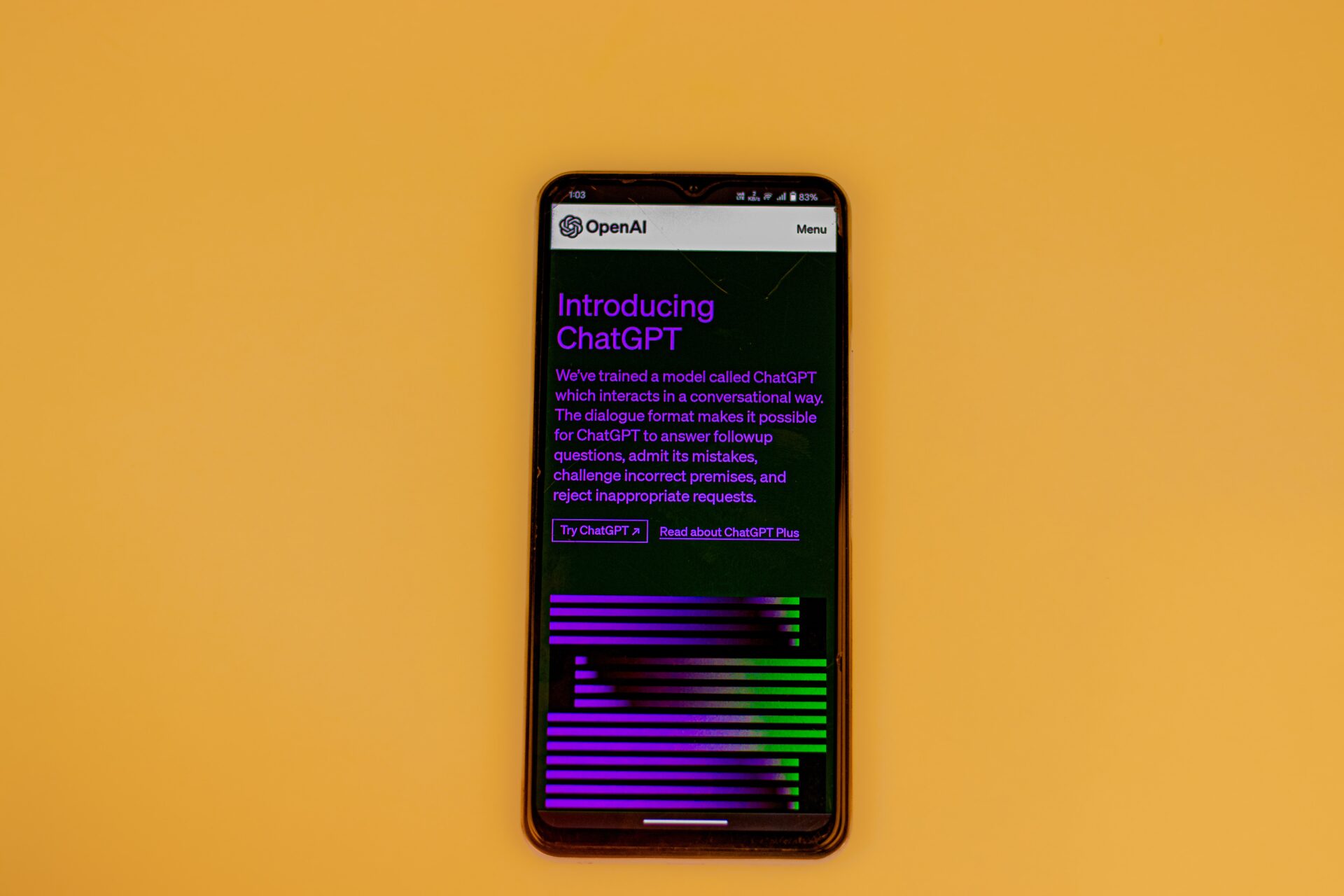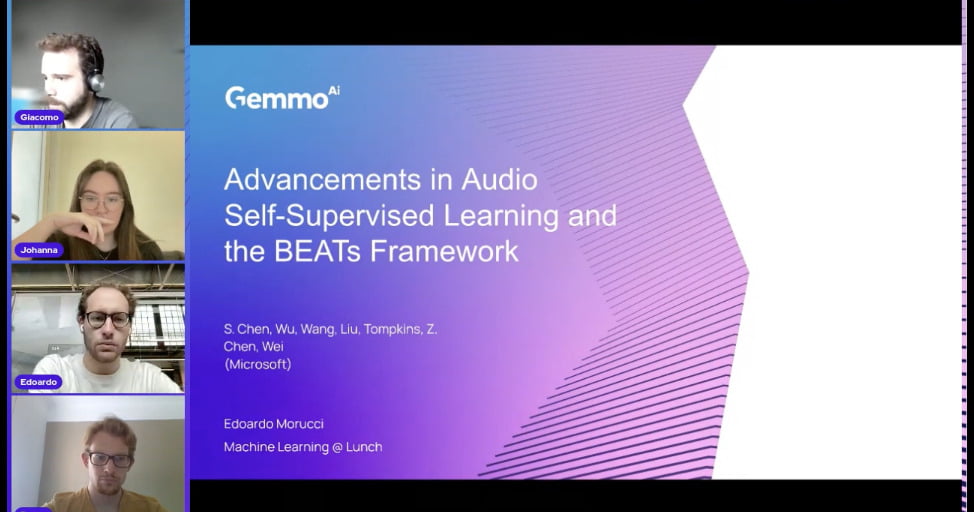Sound Recognition: Choosing the Right AI Model
AI is at the forefront of revolutionising sound recognition in assessing environmental impact. By harnessing its power, AI automates the reporting process by extracting invaluable insights from the intricate soundscape o...

AI is at the forefront of revolutionising sound recognition in assessing environmental impact. By harnessing its power, AI automates the reporting process by extracting invaluable insights from the intricate soundscape of our surroundings. Through the seamless integration of AI with conventional manual procedures, the entire process becomes streamlined, empowering automated sound identification and categorisation.
Smart companies in the sound and acoustics industry are already making the switch to AI. But, they don’t always know which AI model is right for them. The choice between off-the-shelf and custom AI models is crucial. While off-the-shelf models are readily available and easy to deploy, they may lack the specificity required for certain use cases. Let’s explore the difference between custom and off-the-shelf models to guide you in the right direction.
Custom or Off-the-Shelf- What’s the difference?
AI models can be categorised into two broad types: Off the Shelf models and Custom models. These types serve different needs based on varying circumstances and specifications.
Off-the-Shelf AI models are pre-developed, pre-trained models that are ready to use. They have been designed and trained on large amounts of data, which helps them to understand and predict a wide range of scenarios. They are readily available and are suitable for various industries, including healthcare, finance, retail, logistics, and more.
The advantage of these models is that they are typically cost-effective and time-saving as they eliminate the need for a user to train their own model from scratch. This makes them an excellent choice for businesses and individuals who require an immediate AI solution without the requirement for specific customisation.
Gemmo AI: Our AI Models

Our collection of pre-trained models for sound recognition, known as our “Model Zoo“, offers a diverse range of these AI models. Depending on the problem at hand, you can pick and choose the most suitable model from this collection. Each model in the zoo has been crafted to “listen” to and recognise sounds in different domains.
On the other hand, we have Custom models that are specifically tailored to cater to unique requirements and sound types. These models are designed and trained on the client’s own data, making them highly specific and fine-tuned to the client’s needs.
Custom models are particularly beneficial when dealing with proprietary or industry-specific issues. For example, a custom model can be trained to identify and recognise specific sounds that a business or user might need to manage. These could range from the sounds of specific machinery in an industrial environment to unique sounds from medical equipment in hospitals.
Custom models, therefore, offer a level of personalisation and specificity that Off the- Shelf models cannot. They provide superior performance on tasks that are directly related to the data they have been trained on, delivering highly accurate results for the client.
In summary, while Off the -Shelf models are a swift and cost-effective solution for general AI tasks, Custom models provide a tailor-made solution for more niche or industry-specific tasks. The choice between the two would depend on your specific needs, resources, and the level of accuracy and customisation you require.
Comparing Off-the-Shelf and Custom Solutions for Sound Recognition
| Off the Shelf Models | Custom Models | |
| Performance |
|
|
| Sounds Recognised |
|
|
| Readiness |
|
|
Final Thoughts
As companies in the sound recognition field embrace the importance of AI, navigating the adoption process can be a challenge. To ensure a smooth transition, careful consideration is key. When choosing between off-the-shelf and custom AI models, factors such as performance, AI readiness, and sound capabilities should be taken into account. While off-the-shelf models offer convenience and cost-effectiveness, they may lack specificity. On the other hand, custom models excel in handling niche tasks and meeting unique requirements. Ultimately, the decision should align with your specific needs and available resources. By harnessing the capabilities of the right AI model, businesses can elevate their environmental impact reporting and actively contribute to constructing a sustainable future.
Book an AI clinic to discuss how our noise API can help your organisation.



